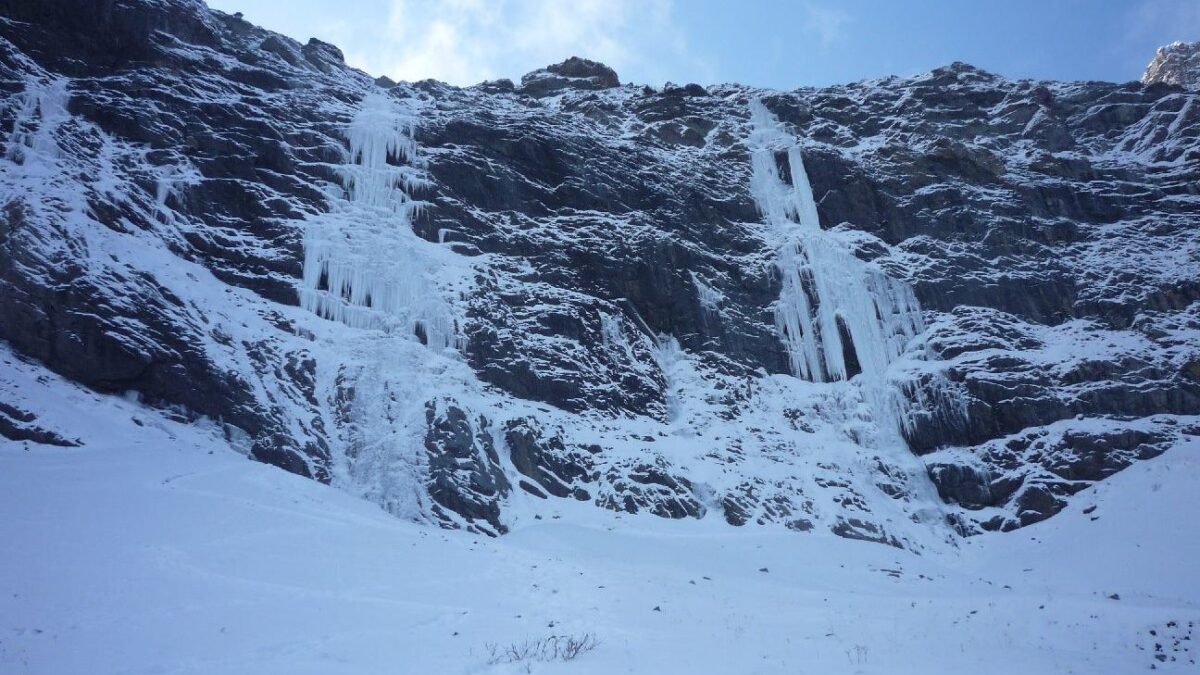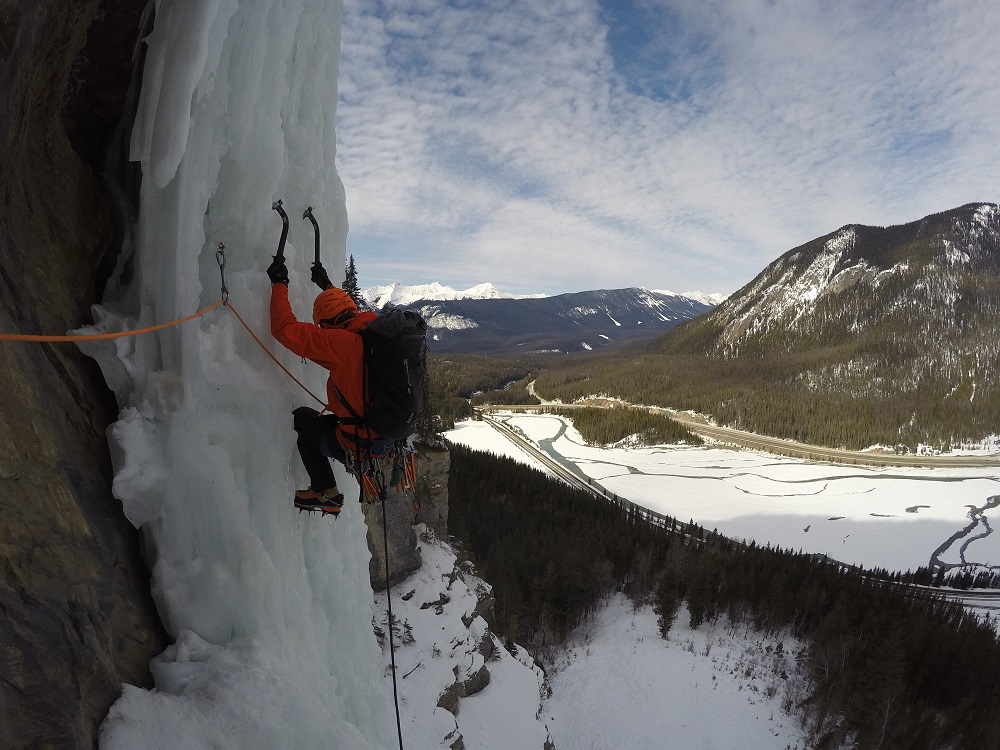Ice Climbing Season is Closer Than You Think
Some waterfall ice climbs in the Canadian Rockies will usually start forming by early October

In the Canadian Rockies, ice climbers will be swinging the tools in around two months. Some years, waterfall ice has formed on north-facing walls by early October. With cold weather only a few weeks away, this is a good time to get yourself and your gear ready for the long winter ahead.
If you’re new to ice climbing, then check out this list of tips. Also, if you’re planning on climbing in avalanche terrain, learn about avalanche safety and other life-saving tools here.
Over the years, we’ve run weekly ice climbing updates from across Canada. Read an October report from the first few weeks of Rockies ice in 2020 here. Here are five tips from ice climbing guide Kris Irwin that will help you prepare for what’s ahead.

Start Hanging Off Tools: Anywhere – at home, the gym, at the dry tooling crag. Now is the time to get your climbing muscles conditioned to the movement of ice climbing. Deadhangs, tool pull-ups, dry tooling, will all go along way in building the endurance and grip strength you’ll need to hang on for those long pitches this winter. Don’t neglect the opposing muscles, push-ups, sit-ups, and core strength exercises will help prevent a muscle imbalance and possible injury.
Make a List: Start a list of climbs, grades, or objectives you’d like to complete this winter. Perusing your local guide books will help build the psych and keep you motivated to train and put time aside to meet your goals or climb your dream climb.
Sharpening: Look over all your dull points from last years abuse. With a delicate touch, take the file to your picks and crampon points and bring them back to life, or better yet replace them with new ones. As for screws, removing small burs with a file will work but for a big job I’d take them to someone who knows what they’re doing.
Cardio: It’s simple, get fit. Improving your fitness is a must for any climber wanting break through physical barriers. There are numerous ways to get your heart rate up so pick something you enjoy doing and start sweating. When the ice does form up, being fit will also help long approaches seem less arduous.
Take a Course: There are numerous companies offering instructional courses, camps, workshops, and guided ascents for beginners and experienced climbers. If you’re open to learning from professionals, look for an instructor or guiding company with ACMG Association of Canadian Mountain Guides credentials.


